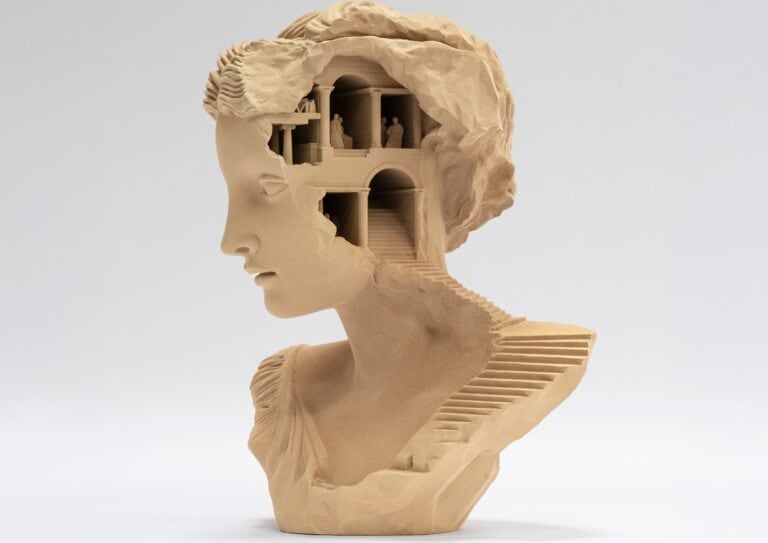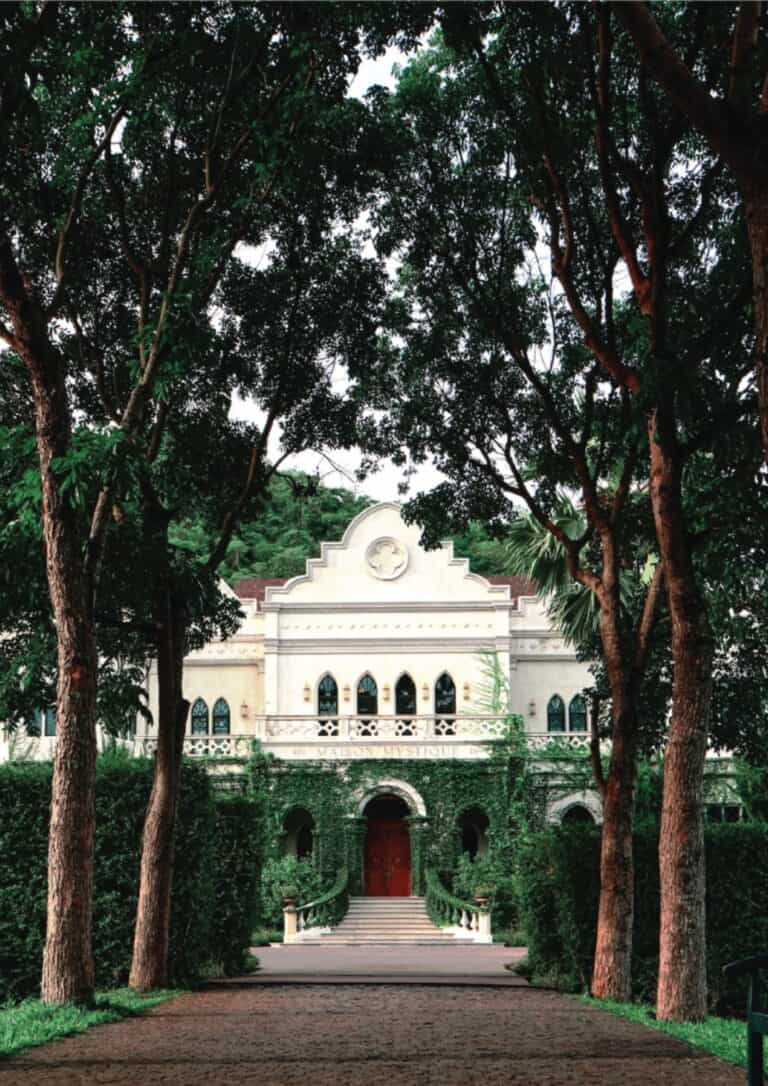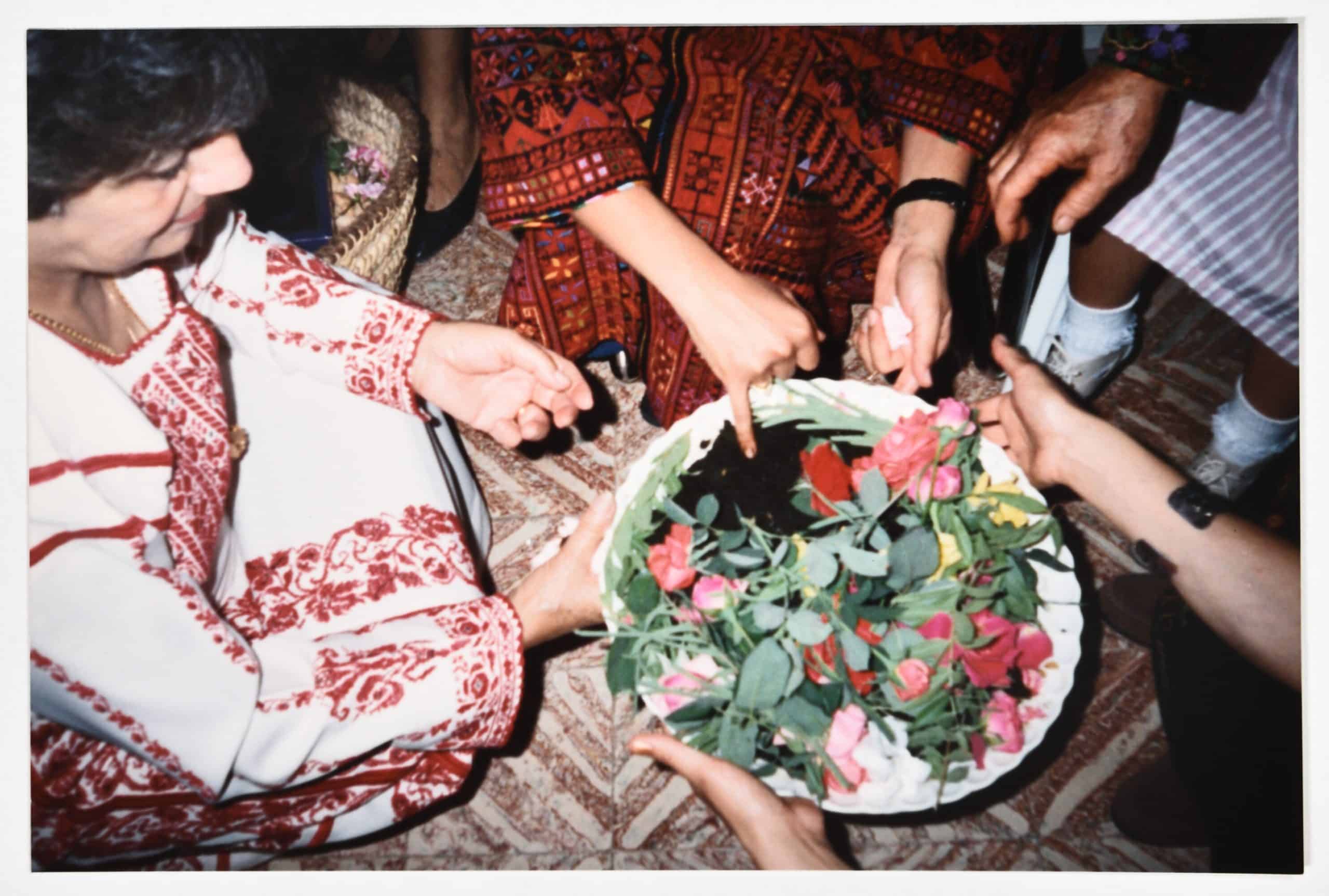
PALESTINIAN EMBROIDERY SPEAKS TRUTH AT V&A DUNDEE
Amélie JOUISON
Exploring Palestinian Embroidery and Heritage
On June 26, 2025, V&A Dundee opened a free exhibition titled Thread Memory: Embroidery from Palestine. This compelling show offers a deep dive into the rich world of Palestinian embroidery, known as tatreez. More than simple decoration, this centuries-old art form is a storytelling tradition passed down through generations of Palestinian women. Each embroidered design reveals layered stories of identity, community, grief, and resilience.
Not only does the exhibition showcase the intricate beauty and complexity of tatreez, but it also marks the 45th anniversary of Dundee’s twinning with Nablus, Palestine. This enduring relationship, established in 1980, stands as a powerful symbol of cultural exchange and international solidarity.
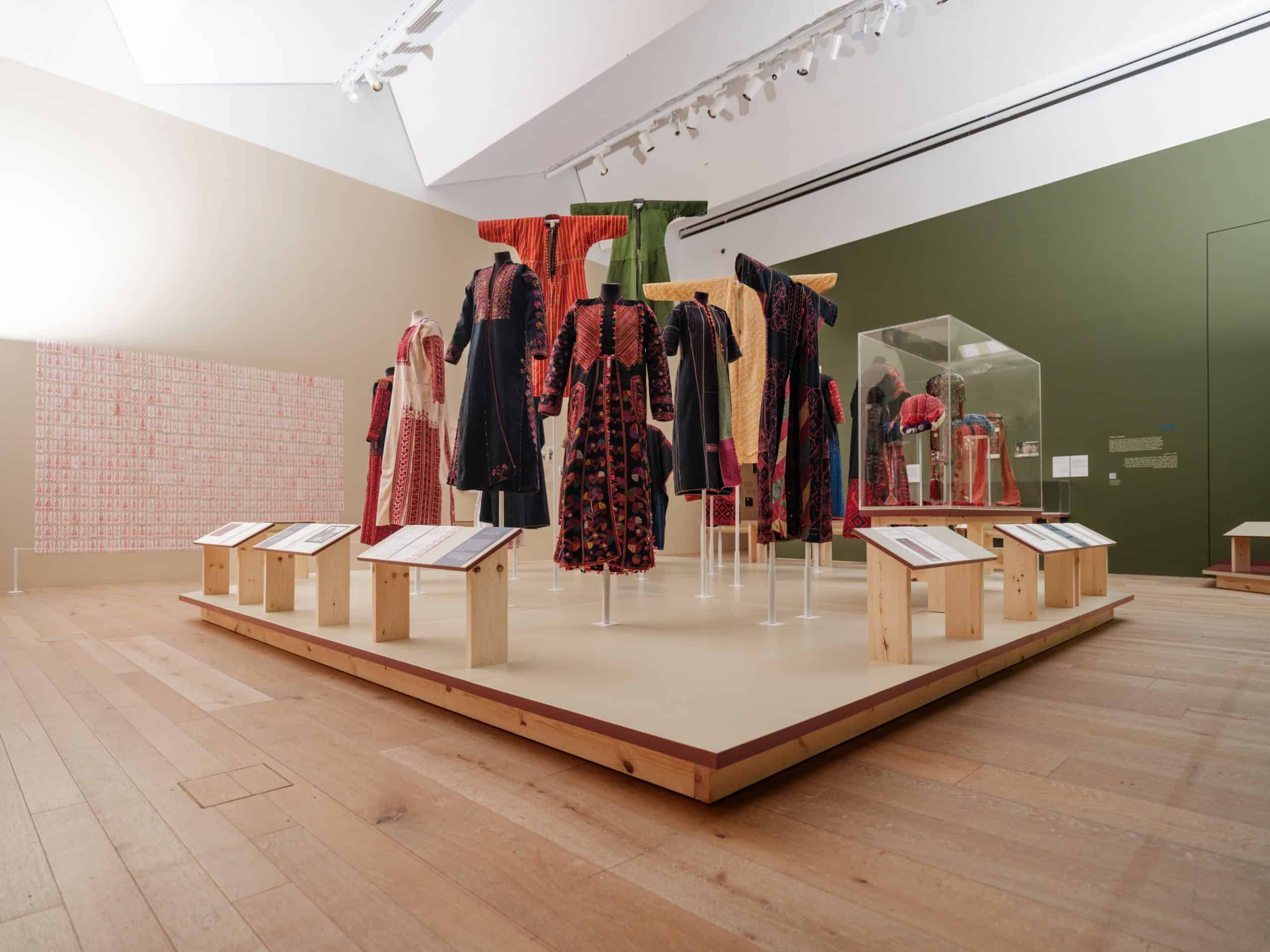
Tatreez: A Living Tradition of Identity and Resistance
Tatreez is an ancient craft, rooted in history, with a wide variety of regional styles. For instance, simpler patterns emerge from the Galilee region, reflecting the physical demands of agricultural life. In contrast, more ornate designs—featuring gold and silver threads—are traditionally found in the relatively affluent areas of Bethlehem and Jerusalem.
Furthermore, UNESCO has officially listed Palestinian embroidery as an Intangible Cultural Heritage of Humanity. This international recognition highlights its dual role as both a deeply meaningful art form and a powerful cultural language. Over time, tatreez has also become a form of resistance. Despite political turmoil and displacement, Palestinian women have preserved their identities through this intricate and resilient craft.
Dundee and Nablus: A Radical and Enduring Connection
In 1980, Dundee became the first UK city to twin with a Palestinian city—Nablus. At the time, this was a bold political and cultural gesture. Since then, the relationship has steadily evolved into a meaningful symbol of friendship, mutual respect, and international support. Even today, Dundee continues to fly the Palestinian flag with pride, especially during moments of global political tension.
To further emphasize this unique connection, the exhibition features a wide range of objects and archives from both cities. In addition, it includes garments from villages across Gaza. Notably, some of these dresses bear visible damage from the 2023 bombing of the Rafah Museum. As a result, they stand as powerful reminders of the ongoing cultural loss and human suffering in Palestine.
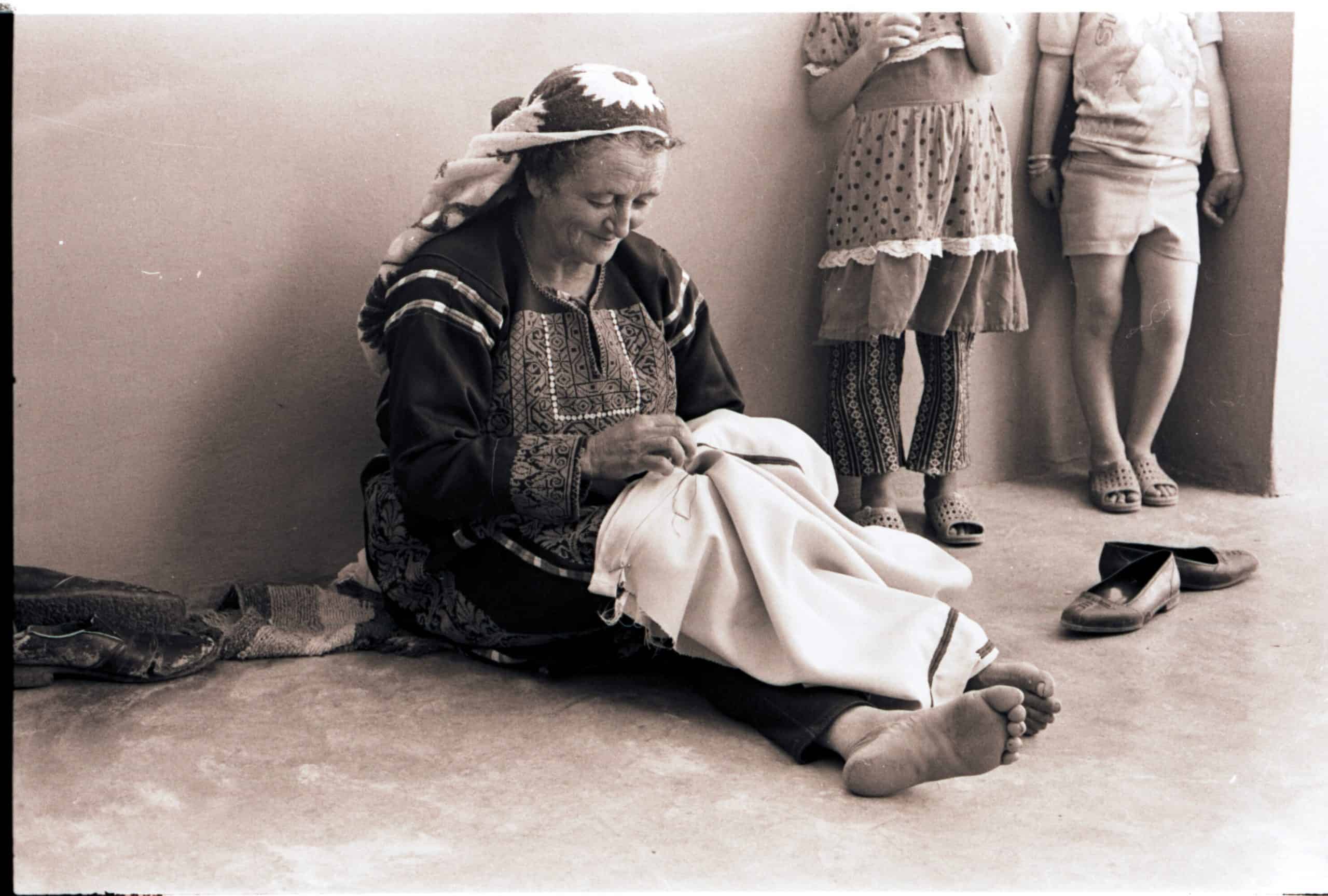
Contemporary Palestinian Fashion and Artistic Voices
Thread Memory celebrates both tradition and innovation. On one hand, it honors the deep roots of Palestinian embroidery. On the other, it highlights how contemporary artists and designers are reimagining tatreez for the present day. By blending age-old techniques with bold new ideas, they bring fresh life to a historic art form.
For example, Leena Nammari, a graduate of Dundee’s Duncan of Jordanstone College of Art and Design, created 626 clay tablets—each one commemorating a Palestinian town or village lost to conflict. Meanwhile, artist Aya Haidar embroiders plastic bags to represent the belongings carried by refugee families. Similarly, designer Zeid Hijazi fuses Scottish tartan with traditional tatreez, crafting punk-inspired garments that symbolically bridge Palestinian and Scottish cultural identities.
In addition, the exhibition features the embroidered thobe worn by Dundee Councillor Nadia El-Nakla during the 2023 Scottish Parliament swearing-in ceremony of her husband, then First Minister Humza Yousaf. More than just a fashion statement, this dress stands as a powerful symbol of Scottish-Palestinian pride, resistance, and solidarity. Ultimately, it shows how clothing can become a medium for expressing identity, heritage, and political voice.
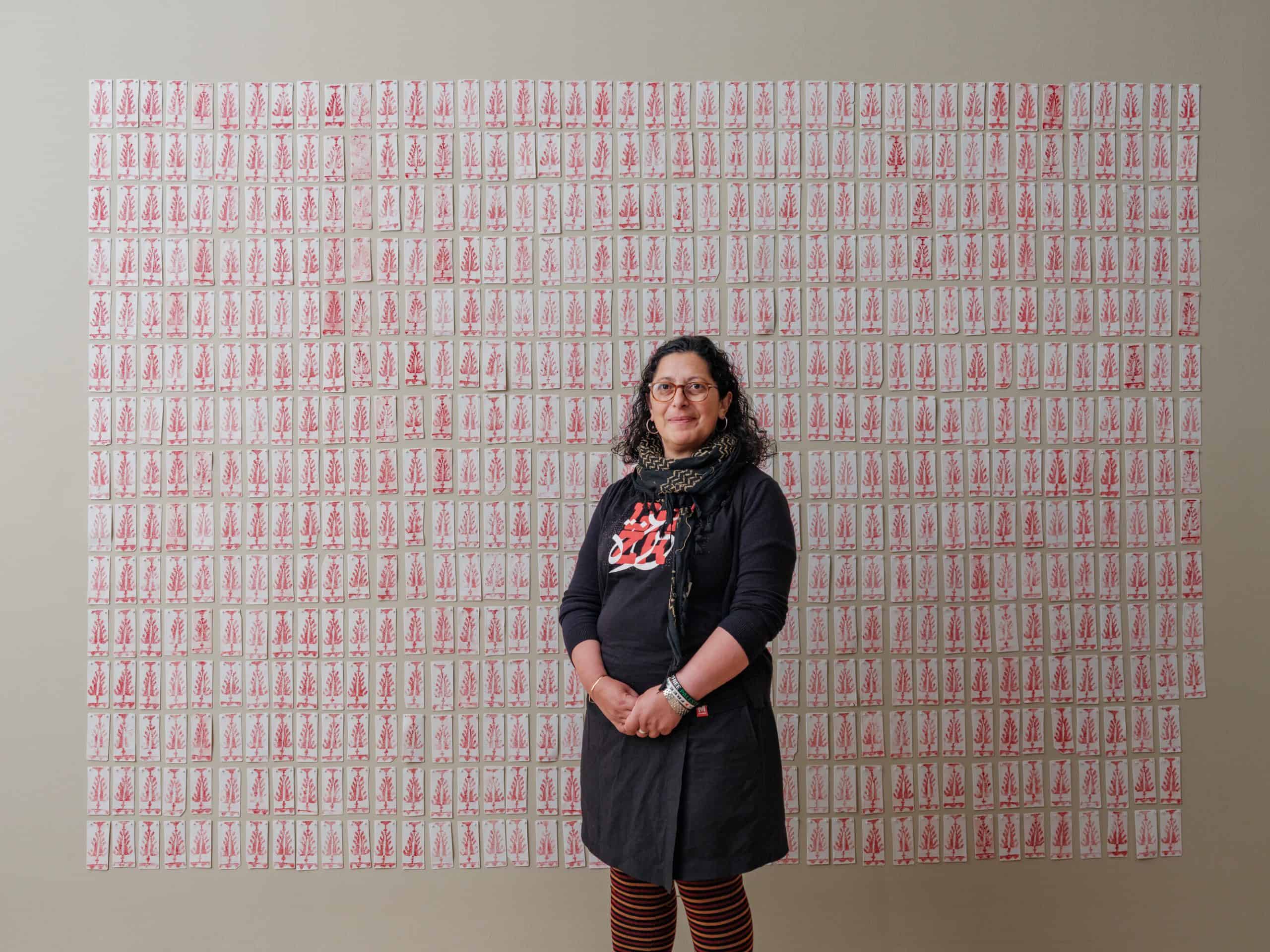
Colour, Craftsmanship, and Cultural Meaning
Colour carries deep meaning in Palestinian embroidery. For instance, blue is traditionally associated with grief, particularly in Bedouin culture. During times of mourning, women often embroider using blue thread. Over time, the indigo dye begins to fade, and the return of vibrant colour signals the end of the mourning period.
Through thoughtful curation, the exhibition reveals these rich cultural meanings in a tangible, emotional way. As a result, visitors gain a deeper appreciation for both the extraordinary skill and the profound emotion embedded in every stitch. In this way, Thread Memory becomes not just a display of beautiful garments, but a living archive of memory, loss, and resilience.
A Stitch in Time Connecting Cultures and Stories
Thread Memory: Embroidery from Palestine is more than just an exhibition. Rather, it serves as a living archive of Palestinian culture, creativity, and resilience. By centering women’s voices, it celebrates personal stories, collective memory, and cultural resistance passed down through generations.
Moreover, the long-standing twinning between Dundee and Nablus gains renewed significance through this powerful show. In doing so, it proves that design, embroidery, and dress can transcend borders. Ultimately, they become universal symbols of hope, identity, and solidarity.
Running through spring 2026, the exhibition offers a rare and timely opportunity to witness the beauty, complexity, and emotional power of Palestinian embroidery in Scotland. Whether through thread, fabric, or story, Thread Memoryinvites every visitor to see heritage not as something distant, but as something alive and deeply human.
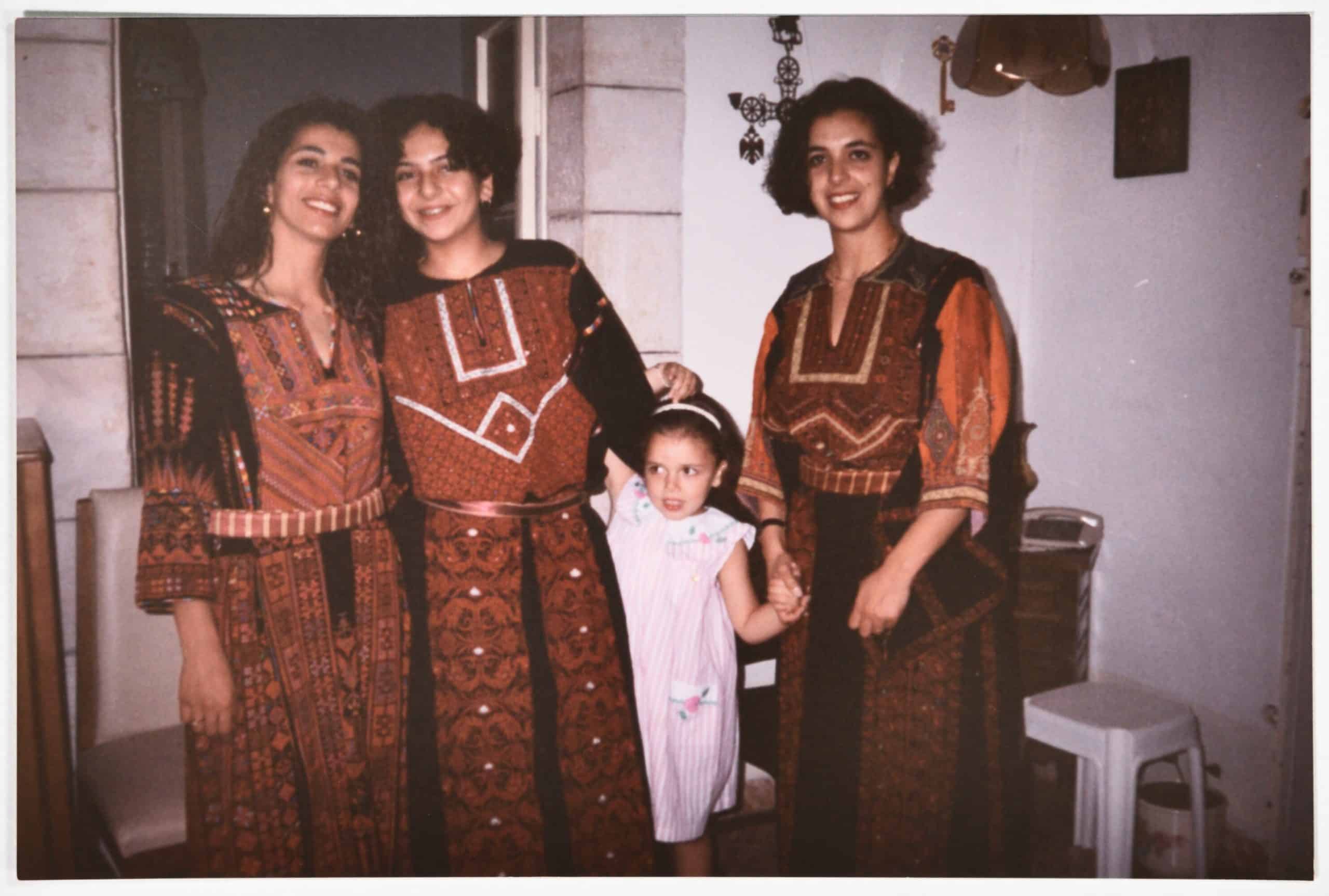
Want some more ? Take a look at : Threads of Liberation: XTANT Reclaims the Language of Textiles in Mallorca
Share this post
Amélie JOUISON is a fashion photographer and art director.
She likes to question the status of the image as a woman, incorporating a point of humour, burlesque and creating discomfort.
Read Next


